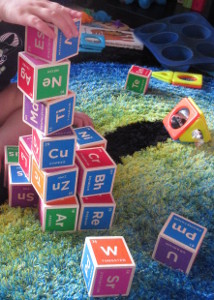As you’ve no doubt already heard, it was announced earlier today that the Laser Interferometer Gravitational-wave Observatory (LIGO) has detected gravitational waves1 — i.e., ripples in space-time, which in this case were produced by a merger of two black holes that took place about 1.3 billion years ago (and, accordingly, 1.3 billion light years away) over the course of about 20 milliseconds.
Yes, ripples in space-time are a real thing; they are a predication of the theory of general relativity (which last year celebrated its centennial) and now they have also been measured. Serendipitously, the measurement itself also took place last year, on September 14, 2015 at 09:50:45 UTC (i.e., in the middle of the night at the detectors themselves, which are located in the U.S.), when those ripples finally reached Earth2.
This is a really, really impressive achievement. It involved decades of work on the part of thousands of people1, detectors that are miles in length, and the measuring of distances a tiny fraction of the size of a proton.
It’s thrilling to see how many quality write-ups there are out there about the news (e.g., BBC, NYT, NPR). You can get an explanation of the physics in comic form or in more detail, read about how the detection event went down (i.e., not exactly as planned, in that the machine hadn’t quite started its official “experiment run”), read an eloquent retrospective from a fellow Caltech professor, or even get a tour inside the facility.
Given all that great material, I don’t have much more to add in terms of explaining the physics . . . but watching the National Science Foundation’s live stream of the press conference produced a few highlights (besides the science itself, of course), which I didn’t want to let go unremarked.
Continue reading →




 So is my cat. That is, she is a fan of pies, especially those with meringue on top. I don’t know how she feels about the number pi.
So is my cat. That is, she is a fan of pies, especially those with meringue on top. I don’t know how she feels about the number pi.